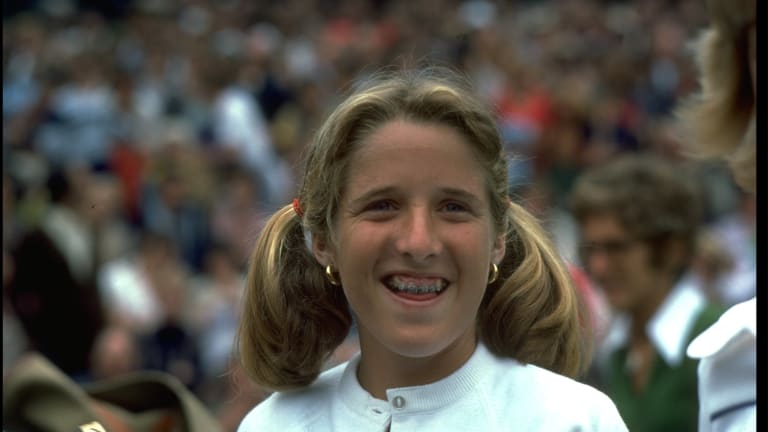Tennis Lessons
Tracy Austin, former world No. 1, turns 60
By Dec 12, 2022Tennis Lessons
On This Day: Maria Sharapova caps breakthrough 2004 season with WTA Tour Championships crown
By Nov 15, 2021Lifestyle
Thorne taps Ben Shelton to launch new on-the-go performance line
By Apr 16, 2025Social
Lois Boisson had the perfect response to Harriet Dart deodorant controversy
By Apr 16, 2025Social
Dominic Thiem ‘loves’ watching Jakub Mensik and Joao Fonseca
By Apr 16, 2025Lifestyle
Alexandra Eala: The reality of travel and difficulty of securing visas with a Philippine passport
By Apr 14, 2025The Business of Tennis
Carlos Alcaraz surpasses 40 million dollars in career prize money after winning Monte Carlo
By Apr 14, 2025The Business of Tennis
University of Virginia men’s tennis team secures permanent 'in perpetuity' funding
By Apr 13, 2025Social
How a Russian champ helped Diana Shnaider land Dinara Safina coaching partnership
By Apr 13, 2025Social
Kwon Soonwoo to play Busan Challenger during South Korea military service
By Apr 13, 2025Tennis Lessons
Tracy Austin, former world No. 1, turns 60
The two-time US Open champion remains present in the world of tennis, even after her playing career.
Published Dec 12, 2022
Advertising

A young Tracy Austin exudes excitement during the 1977 Wimbledon Championships.
© Getty Images